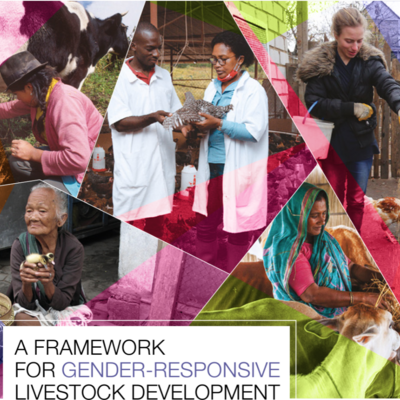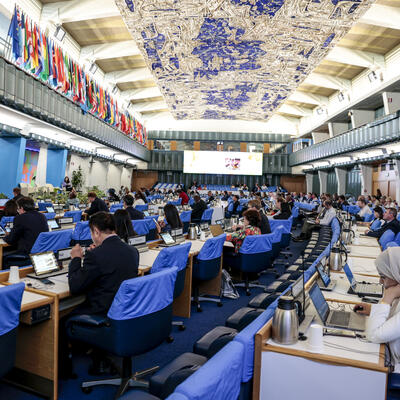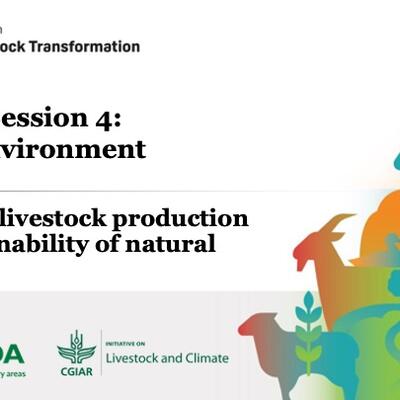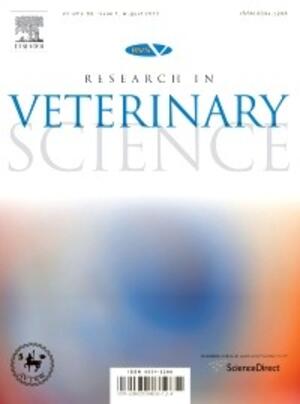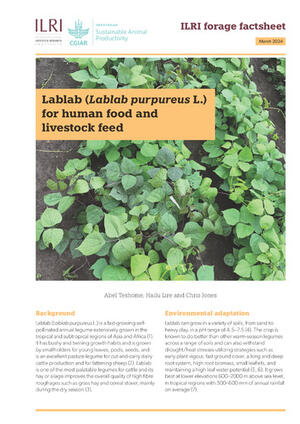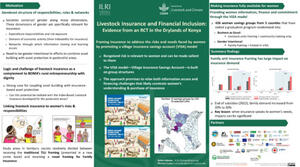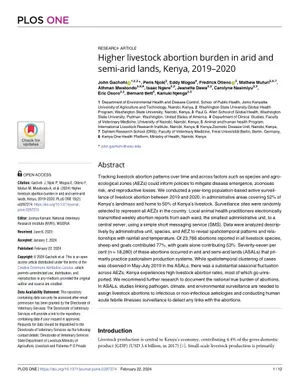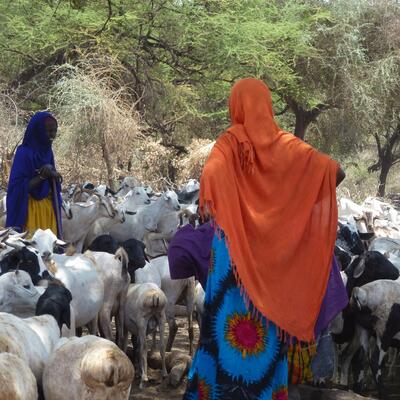
Increasing water use efficiency for food production through better livestock management: The Nile Basin
This project, which also goes by the brief title, Nile Basin Livestock-Water Productivity, sets out to improve food security, reduce poverty and enhance agro-ecosystem health in the Nile Basin by managing livestock for more effective overall use of water resources. The project is being carried out in the Nile River Basin. It fills an important knowledge gap related to water productivity of livestock.
Until 2001, livestock were conspicuously absent in the Consultative Group of International Agricultural Research (CGIAR) projects, in the areas of water and agriculture. In 2002, the CGIAR noted, “traditionally, water productivity concepts have been applied mainly to crop production. Demand for milk and meat is expected to double over the next 20 years. This demand needs to be factored into future assessments of water use and productivity. Water productivity in livestock production systems must be characterized in all its dimensions …in river basins(s)” The project targets communities within the Nile basin. The communities will improve their water resources and animal production through locally chosen interventions guided by external technical assistance. It also targets specific development Non-Governmental Organisations (NGO’s), extension systems, national and international policy, and planning and research organisations. Objectives • To identify problem specific areas across the Nile basin involving negative livestock-water interactions • To advance policy and targeted innovations enabling more efficient and equitable water resource use for all purposes including livestock production. • To identify potential technologies, Integrated Natural Resource Management (INRM) practises and policies that are feasible, socially acceptable and gender-sensitive for sustainably improving food security and well-being. • To increase capacities for undertaking improved, integrated and gender equitable livestock water management of key target groups including selected communities, development professionals, policy makers and researchers.





